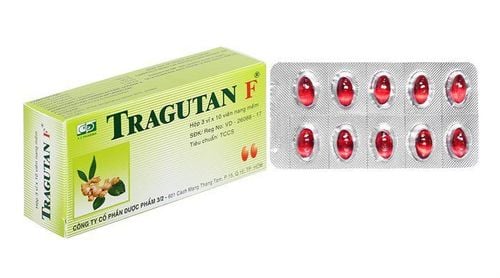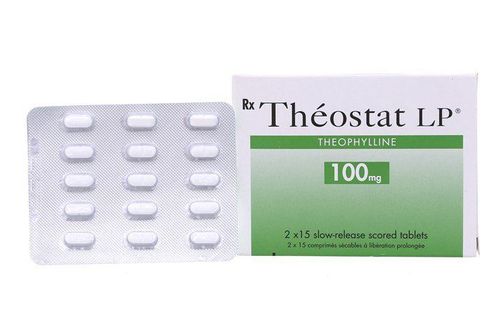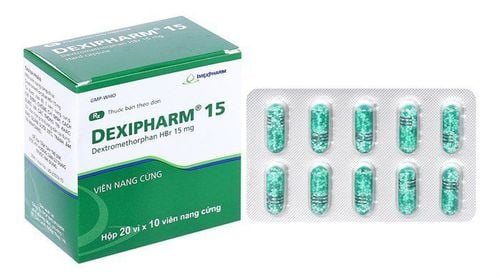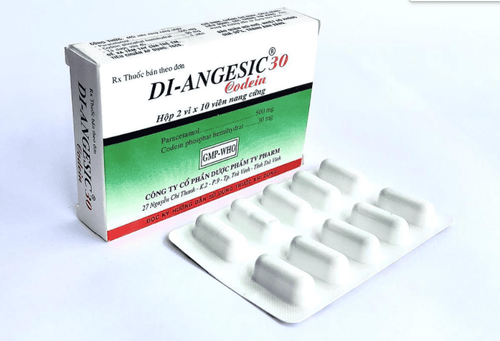This is an automatically translated article.
The article was professionally consulted by Specialist Doctor I Nguyen Hong Phuc - Emergency Department - Vinmec Phu Quoc International General Hospital. The doctor has many years of experience in the treatment of respiratory medicine.Bronchiectasis is one of the lung diseases. The disease is chronically progressive with outbreaks of infection alternating with episodes of stability. If left untreated or poorly treated, the patient may have complications such as recurrent pneumonia, severe hemoptysis, difficulty breathing, respiratory failure that appears frequently.
1. Current prevalence of bronchiectasis
Bronchiectasis in the pre-antibiotic era was a common disease and often resulted in disability and death. But today, bronchiectasis has become a relatively rare disease in the developed world over the past 30 years. These changes are due to the effectiveness of antibiotics used to treat respiratory infections and from the widespread use of immunostimulating drugs in children, especially against measles and pertussis. Bronchiectasis occurs at any age, the disease usually arises in adolescence and is more common in men than women.2. Is bronchiectasis dangerous?
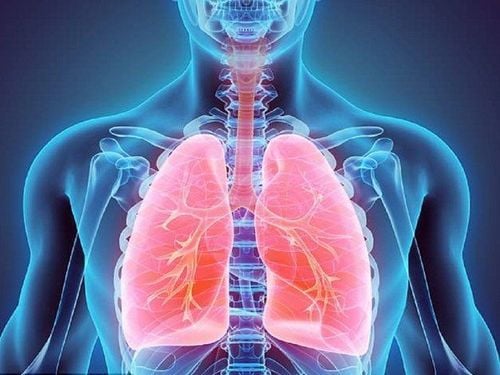
If the bronchiectasis is widespread and prolonged, it can cause lung abscess, empyema, pulmonary fibrosis, emphysema, bronchial pus, emphysema, causing difficulty breathing, severe respiratory failure and can affect the function of the heart, more dangerously cause heart failure.
Emphysema: Stagnant pus in the dilatation causes pneumonia or abscesses. Persistent hemoptysis or severe hemoptysis is life-threatening, especially in emaciated individuals. Respiratory failure, right heart failure, amyloidosis in the liver and kidney.
3. Bronchiectasis symptoms
Patients may have a fever during the period when there is a lot of mucus and pus in the bronchi, especially when there is a microbial superinfection. Fever can be over 38 degrees Celsius accompanied by a prolonged cough, a lot of sputum mixed with pus.When the disease is severe, the sputum and pus increase more, the patient's cough increases. Sputum discharge usually has 3 clear layers: the upper layer is foam, the middle layer is mucus, and the lower layer is thick pus. The smell of phlegm is very foul. Some patients spit up blood mixed with mucus or mixed with sputum or mixed with pus and mucus. The phlegm is caused by the capillaries in the bronchial walls under strong pressure when the patient coughs and spits, causing damage to the lining of the bronchi. In these cases, the patient often goes to see a doctor,
The patient may cough in episodes, most often in the early morning, upon waking up (the elderly often cough at night, especially in winter). cold). Every time you change your position or change the weather, the cough will increase, making the patient lose sleep for a long time. Patients often feel tired and lose their appetite.
The thorax may be deformed (the side with bronchiectasis is smaller than the healthy side). Chest pain and shortness of breath are common phenomena in people with bronchiectasis, however, chest tightness is more common than shortness of breath. The phenomenon of both chest tightness and shortness of breath accompanied by making the patient very uncomfortable.
4. Treatment of bronchiectasis

4.1 Antibiotics Use each time there is a superinfection episode of bronchiectasis, the duration is from 10 to 15 days. In very severe cases of bronchiectasis, the duration of antibiotic use may be longer, even up to 1 month.
4.2 Drainage of phlegm This is a very important treatment, can be considered as important as antibiotics. Commonly used sputum drainage methods include: cough, deep sputum and chest vibration, combined with daily postural drainage.
Depending on the location of the bronchiectasis, choose a posture to practice in accordance with the principle: the bronchiectasis must be placed in the highest position. If the bronchiectasis is posterior: the patient lies prone. If the bronchiectasis is in front: the patient should be placed in the supine position... Then, with both hands cupped, pat the patient's chest evenly in combination with vibration and chest shaking. Each session lasts 15-20 minutes, 2-3 times a day. Vibration and postural drainage continued to be maintained at home.
4.3 Medication If the patient has shortness of breath, auscultation, rales, snoring, bronchodilators are often added to oral or aerosol or a combination of both. Medications that may be used include: salbutamol, terbutaline, anticholinergics, theophylline, bambuterol...
5. Prevention of bronchiectasis
Prevention of bronchiectasis requires daily upper respiratory hygiene such as brushing teeth, gargling with salt water. Do not let tonsillitis, pharyngitis, gingivitis, gingivitis, rhinitis, chronic sinusitis. When detecting a respiratory infection, it is necessary to go to a doctor and treat it completely according to the prescription and instructions of the doctor. For infants and people who do not have immunity against TB bacteria, it is necessary to be vaccinated against TB (BCG vaccine), especially infants are required to receive this vaccine. Get a flu shot every year and a pneumococcal vaccine every 4 years. Need to improve physical condition and should exercise regularly, properly, always keep the respiratory apparatus working normally. In the cold season, it is necessary to keep the neck warm and wear warm. When bathing, it is necessary to avoid drafts. Do not smoke, pipe tobacco. Working in a dusty environment, it is necessary to wear a standard mask to prevent dust inhalation. Early detection of bronchiectasis is important for effective diagnosis and treatment. When there are abnormal signs, the patient should not be subjective, immediately go to reputable medical facilities to be examined and perform necessary tests in cases of prolonged cough and sputum.Please dial HOTLINE for more information or register for an appointment HERE. Download MyVinmec app to make appointments faster and to manage your bookings easily.





